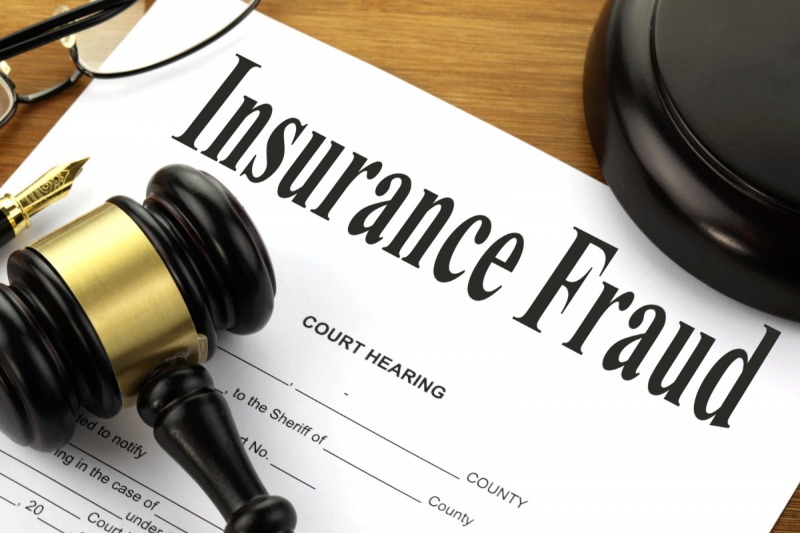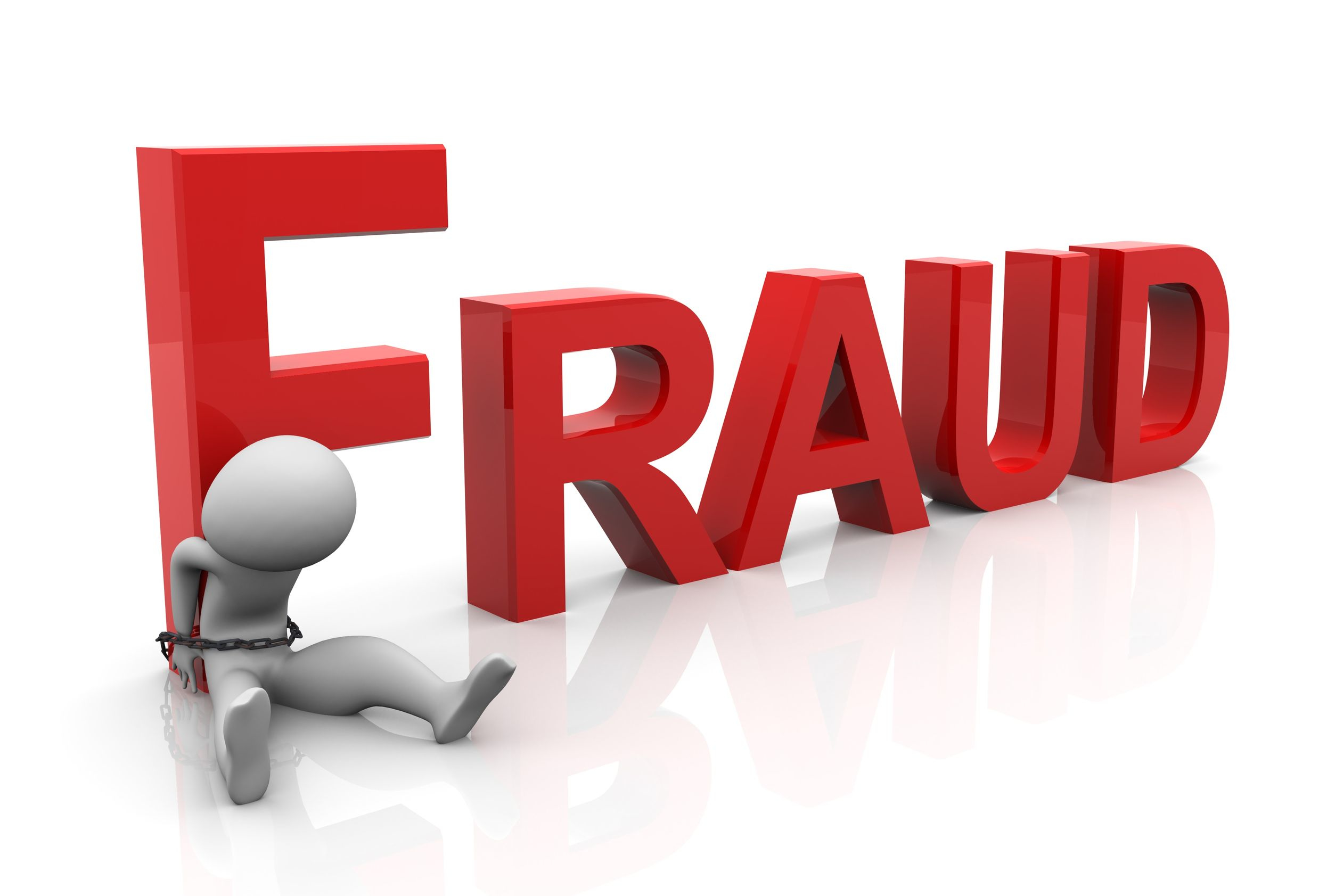Car insurance fraud is a persistent and concerning issue that has far-reaching consequences for both individuals and the insurance industry as a whole. This deceptive practice involves intentionally providing false information, exaggerating damages, staging accidents, or making fraudulent claims related to automobile accidents or insurance policies. Car insurance fraud contributes to increased premiums for policyholders, financial losses for insurance companies, and an overall erosion of trust within the insurance ecosystem.This article aims to shed light on the different types of car insurance fraud, its causes, effects, and potential preventive measures.
Contents
Types of Car Insurance Fraud
Staged Accidents: In this type of fraud, criminals deliberately cause accidents or stage collisions, often involving innocent drivers. These accidents are carefully orchestrated to generate fraudulent claims for vehicle damage, medical injuries, and other associated expenses.
Exaggerated Claims: Some policyholders overstate the extent of damages incurred during an accident or inflate the cost of repairs to their vehicle, ultimately seeking larger payouts from insurance companies.
Ghost Policies: Fraudsters create entirely fictitious policies or manipulate legitimate ones, sometimes selling fake policies to unsuspecting individuals. When a purported accident occurs, the fraudster then makes a claim against the fabricated policy.
Rate Evasion: Individuals may intentionally misrepresent their primary residence or other personal details to secure lower insurance rates, even though they spend significant time in areas with higher premiums.
Medical Fraud: This involves fabricating or exaggerating injuries sustained in a car accident to claim medical expenses that were never incurred.
Identity Theft: Fraudsters may use stolen identities to purchase car insurance policies or file claims, making it challenging for legitimate policyholders to receive their rightful benefits.
Causes and Motivations
Car insurance fraud can be driven by various factors, including financial hardship, a desire for quick financial gain, lack of awareness about the consequences, or the perception that insurance companies are excessively profitable and can absorb the losses. Organized crime groups may also exploit the complexities of the insurance system to orchestrate large-scale fraud operations.
Effects of Car Insurance Fraud
Increased Premiums: Insurance companies often pass the costs of fraudulent claims onto their policyholders, leading to higher premiums for everyone.
Financial Strain on Insurers: Frequent and significant fraud claims can strain the financial stability of insurance companies, potentially leading to reduced coverage options or even market exits.
Erosion of Trust: Widespread fraud damages the trust between insurance providers and their customers, as well as the overall credibility of the insurance industry.
Resource Allocation: Insurance companies must allocate resources to investigate and combat fraud, diverting focus from other critical functions.
Preventive Measures
Public Awareness: Educating the public about the consequences of insurance fraud, the various forms it can take, and how to report suspicious activities can be a powerful deterrent.
Data Analytics: Insurance companies can leverage advanced data analytics and technology to identify patterns of fraud and detect anomalies in claims data.
Stricter Verification: Implementing robust identity verification and claims assessment processes can help validate the authenticity of policyholders and their claims.
Collaboration: Collaboration between insurance companies, law enforcement agencies, and regulatory bodies can enhance efforts to combat organized fraud rings.
Car insurance fraud is a complex and pervasive issue that impacts individuals, insurance companies, and society as a whole. Raising awareness, implementing advanced technology, and fostering collaboration within the industry are key steps toward preventing and mitigating the impact of fraudulent activities. By addressing this issue head-on, we can help create a more transparent, trustworthy, and sustainable insurance ecosystem for everyone.



